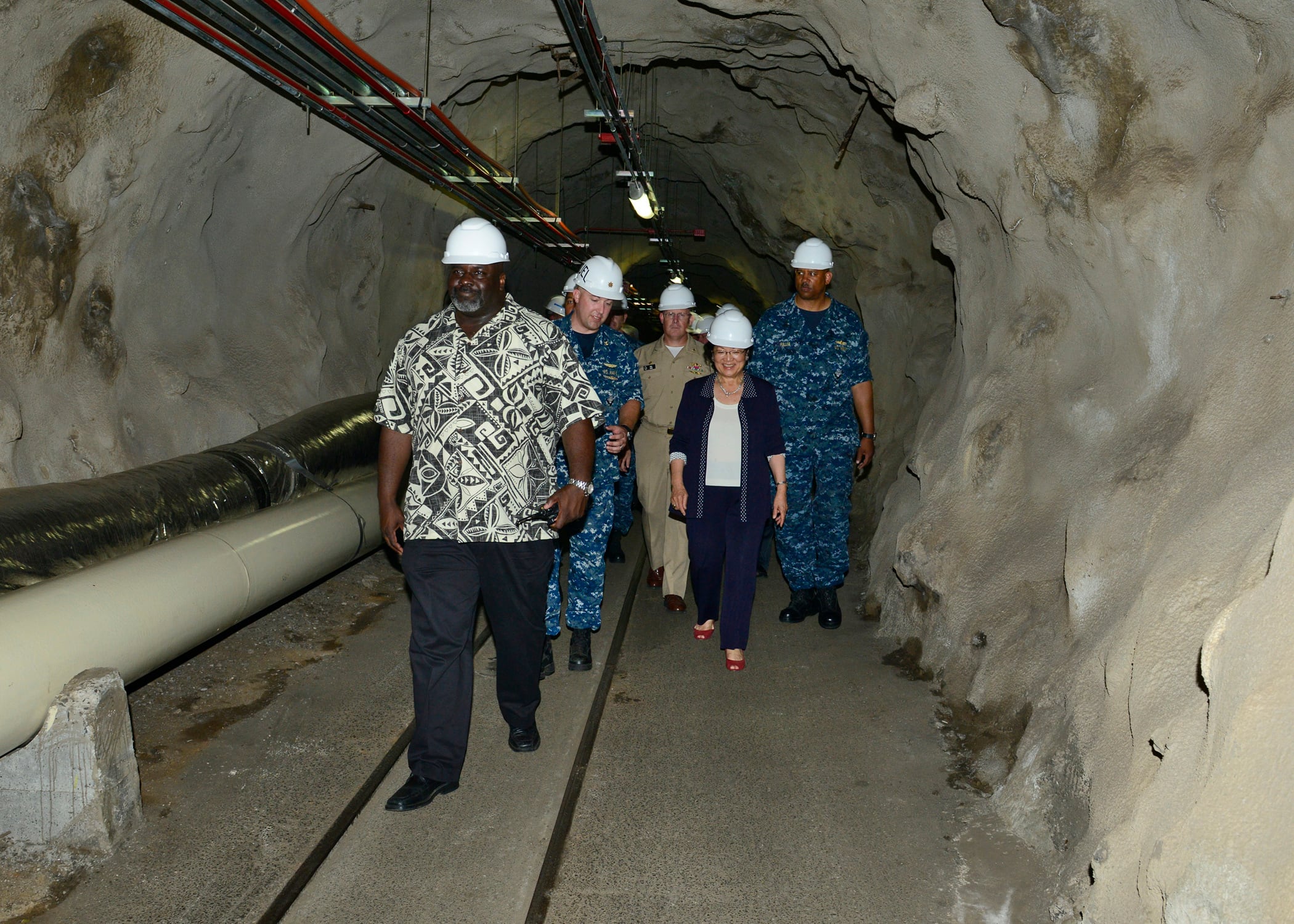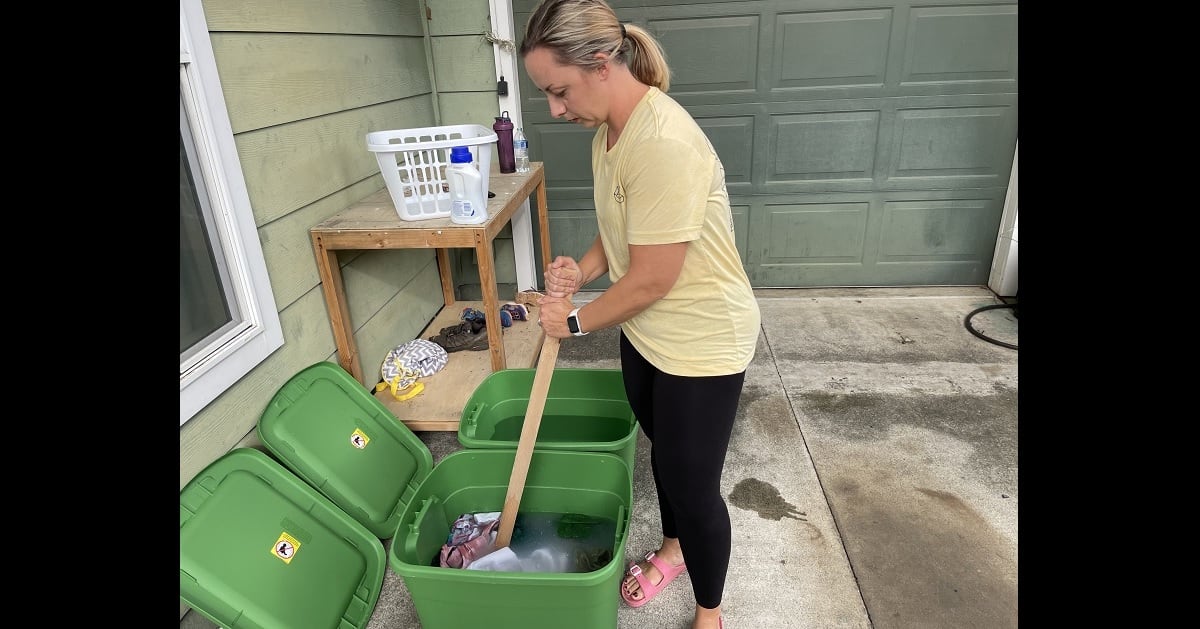HONOLULU — The Navy on Wednesday filed objections to the conclusion by a Hawaii state official that it should be required to remove fuel from tanks it owns near Pearl Harbor.
State Department of Health Deputy Director Marian Tsuji now has 30 days to consider the Navy’s complaints before making a final decision on the matter.
At issue is whether the Navy should be required, as ordered by Gov. David Ige earlier this month, to drain fuel from the tanks.
RELATED

The Navy argued it shouldn’t. That prompted two days of hearings presided over by David D. Day, a deputy attorney general. After those hearings, Day on Monday recommended that the governor’s order be followed.
The governor issued his order after the Navy disclosed that fuel from a World War II-era fuel storage facility at Red Hill had contaminated one of its drinking water wells and sickened hundreds in military housing. Honolulu officials are concerned leaks from the facility may permanently damage an aquifer that sits underneath the tanks, jeopardizing Oahu’s broader water supply.
The Navy has a legal right to its filing, said David Henkin, a lawyer for Earthjustice, which represented the Sierra Club of Hawaii in the case.
“But it also has a moral obligation to acknowledge the reality that every day it fights this emergency order, is another day that Oahu’s principle source of drinking water remains at risk for catastrophic and irreversible contamination,” Henkin said in a statement.
The Navy’s filing Wednesday said Day used an “overbroad” interpretation of the Department of Health’s emergency authority to regulate underground fuel storage tanks. The filing argued the current situation with the tanks did not pose an “imminent” threat to human health and the environment.
RELATED

Further, the Navy said Day’s findings improperly cited evidence of at least 76 incidents of fuel releases over the last 80 years as evidence that the fuel tank facility poses a constant threat to Oahu’s water supply. The filing said 30 of those releases were attributed to an early leak detection system with a flawed design that generated false positives. Another 26 leaks were from tanks 1 and 19, which have been permanently decommissioned.
The Navy’s filing also objected to Day’s description of the Red Hill tanks as being too old, poorly designed, difficult to inspect and too large to prevent future releases.
The Navy responded that the November fuel leak that contaminated the Navy’s drinking water well came from “an accidental pipe release caused by human error” and not from a tank leak.
“That release, in other words, does not support the Hearing Officer’s theory of system risk,” the Navy said.





